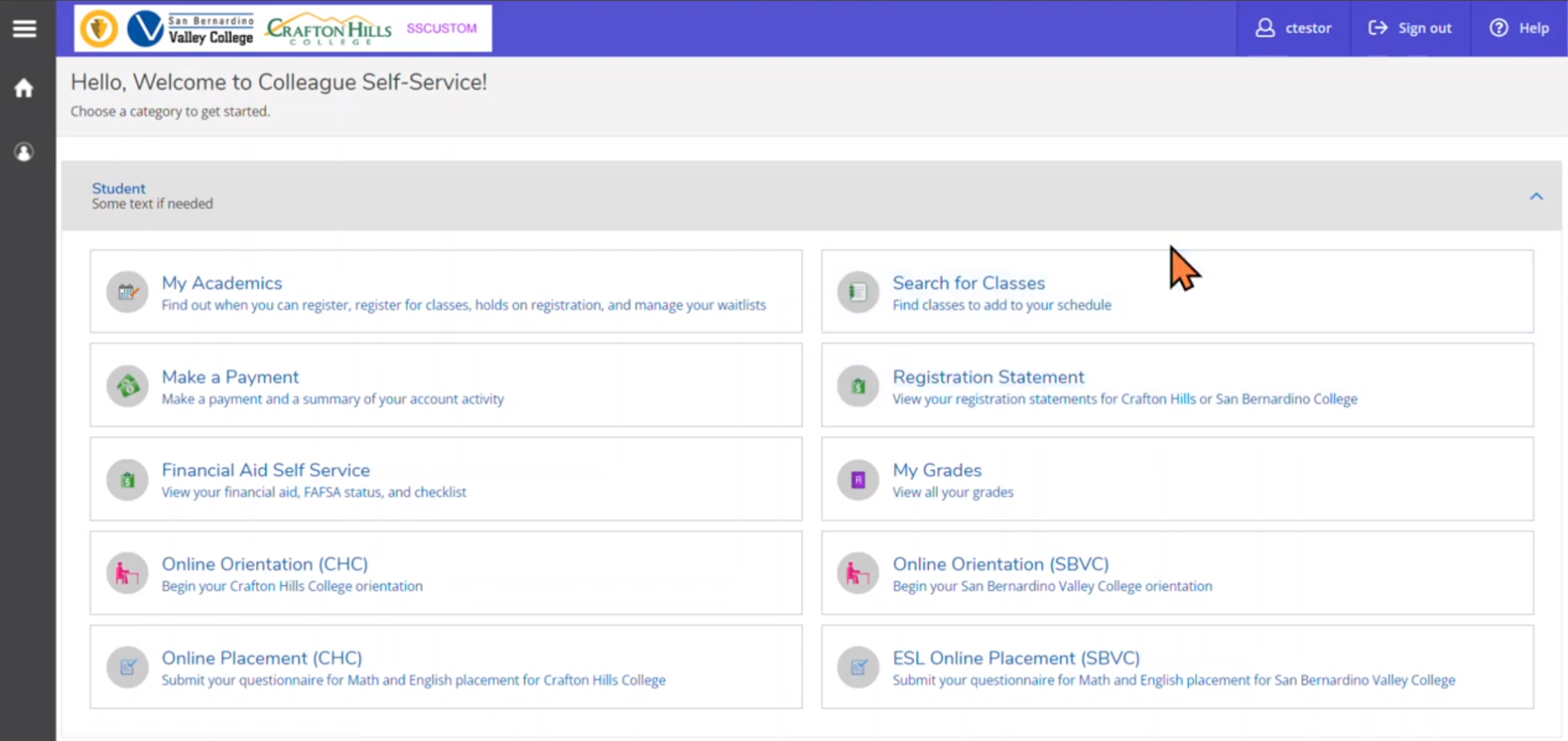ACCJC DE Standard IV.A
IV.A.3
Through established governance structures, processes, and practices, the governing board, administrators, faculty, staff, and students work together for the good of the institution. These processes facilitate discussion of ideas and effective communication among the institution’s constituencies.
ACCJC Guide for Evaluating Distance Education (June, 2013)
• Do the written policies on governance procedures specify appropriate roles for
all staff and students, including opportunities for students enrolled in DE/CE? How
can these roles practically be performed?
• Are DE/CE students well informed of their respective roles?
• Is there effective, clear communication at the college – clearly understood, widely
available, current communication - that takes into consideration the needs of students
enrolled in DE/CE courses or programs?
Evidence that includes copies of governance policies and procedures, the composition
of governance bodies, minutes of meetings, and documents showing the roles relevant
faculty play in reviewing and planning student learning including in distance education
and correspondence education programs and services.
Evidence that the governance structures, processes and practices include opportunities
for staff, faculty and students involved in DE/CE to provide input to the development
of the institution.
Evidence that a Substantive Change Proposal was submitted to the Commission when
50% or more of a program, degree, or certificate is offered through DE/CE.
Beyond Audit and Compliance: DE Excellence at SBVC
Description:
Commitment to a high quality distance education program is evinced at the District level through relevant Board Policies and Administrative Procedures. In the SBCCD, the term "Distributed Education" is used to describe what the ACCJC and the state of California designate as "Distance Education." A previous chancellor was persuaded that the vast majority of students taking "distance education" courses lived within a few miles of the campus. So the model of California State University, San Bernardino was followed and the "DE" programs at the SBCCD were labeled "Distributed Education," recognizing that technology was being used to distribute learning opportunities across time and space. The Substantive Change Proposals of 2012 and 2014 have been clear in indicating that "Distributed Education" and "Distance Education" are equivalent. In the fall of 2013, however, the District's Vice Chancellor for Technology Services initiated a review of those Administrative Procedures, in part to address accreditation issues at the District level. That review is ongoing in the fall of 2014, but will almost certainly result in a new Board Policy and new Administrative Procedures for Distance Education. When those policies are approved, they will be included in this website as evidence. [pdf-Previous Board Policy on Distributed Education] [pdf-Previous Administrative Procedure on Distributed Education] [website--Substantive Change Proposal-2012] [website-substantive Change Proposal- 2014]
In addition, the Board Policy on Intellectual Property clearly identifies and protects the rights of faculty, staff, and students. The policy and administrative procedure were specifically written with faculty input to specify the intellectual property rights for students and faculty who contribute material to Learning Management Systems used for online classes. As with the policies on Distributed Education/Distance Education, however, in 2014 the District's Vice Chancellor for Technology Services initiated a review of those Board Policies and Administrative Procedures, in part to address accreditation issues at the District level. That review is ongoing in the fall of 2014, but will almost certainly result in a new Board Policy and new Administrative Procedures for Intellectual Property. When those policies are approved, they will be included in this website as evidence. [pdf-Previous Board Policy on Intellectual Property and Copyright] [pdf-Previous Administrative Procedure on Intellectual Property and Copyright]
Periodically, the Board of Trustees requests "study sessions" on various topics, such as the budget, personnel issues, or the feasibility of putting revenue generating bond measures on the ballot. In January of 2013, the Board requested an hour-long study session on Online Learning. Representatives from both SBVC and Crafton Hills College participated in that study session. This demonstrates that the Board of Trustees is concerned enough about distance education to request information about the programs, including the success and efficacy of online classes, from both colleges. [pdf--Minutes of Board Meeting May 9, 2013 with Presentation on Online Learning]
The SBVC website includes a dominant presence with information about the distance education offerings at the college. Included in that website is a "Handbook for Online Students." That section of the website includes information about the role of distance education, intellectual property rights, academic integrity, and the roles and responsibilities of students taking distance education classes. [website--Handbook for Online Students] There is a section on the SBVC website including resources for online faculty as well. It includes links to the policies and procedures for intellectual property and computer use and other relevant issues for faculty teaching online and hybrid classes. [website--resources for online faculty]
There are several interconnected entities responsible for making decisions regarding
Distance Education delivery. The Online Program Committee is a standing committee
of the Academic Senate. Its charge is to advise the Vice President of Instruction
regarding all issues related to online learning at the College. This committee is
comprised of faculty, staff, and administrators. The committee seeks student representation
as well. The Online Program Committee is not a part of College Council. So its concerns
are reported through the Vice President of Instruction and other committees. [pdf--2013-2014 Academic Senate Committee Structure] [website--minutes for Online Program Committee]
The college Technology Committee is a part of College Council. And the Online Program Committee is represented on the Technology Committee. Thus the concerns are reported through the Technology Committee to College Council. The Online Program Committee has developed an Online Learning Plan. This plan is aligned with the appropriate section of the college's Technology Plan. The elements of the Online Learning Plan clearly show that the various elements of distance education policies are reviewed regularly and systematically, focusing on effectiveness and continuous quality improvement. [website-Online Learning Plan]
To maintain accreditation, SBVC must adhere to the various policies of the Accrediting
Commission for Community and Junior Colleges (ACCJC). One of those policies is titled
"Substantive Change" and is directly related to the Distance Education offerings at
the college.
If a program or certificate can be completed by taking 50% or more of the required
units through courses approved for distance education delivery, then the ACCJC requires
that a Substantive Change Proposal be submitted.
In 2012, SBVC submitted such a proposal because 15 degrees, 21 certificates, and all
four General Education pathways met that 50% threshold. But a college's curriculum
is a fluid process. In the last 24 months, 7 certificates and 25 degrees either have
crossed that 50% threshold or are so close that the ACCJC needs to be aware of the
fact. So SBVC submitted another Substantive Change Proposal in January of 2014.
The Commission's Committee on Substantive Change approved the Proposal at its March,
2014 meeting. We anticipate that the Proposal will be approved by the full Commission
at its June, 2014 meeting. SBVC has discharged its responsibilities in complying
with the ACCJC policies on Substantive Change. [website--substantive change proposals]
Evaluation:
It is the opinion of the Online Program Committee that this standard is met in terms of distance education.


